In the annals of engineering history, few materials have left as profound an impact as Roman concrete, or opus caementicium. This ancient innovation revolutionized construction techniques and laid the groundwork for some of the most iconic structures in the Roman Empire.
“Roman concrete’s enduring legacy can be attributed to its unique composition, which allowed it to withstand the test of time.”
The significance of Roman concrete in ancient engineering cannot be overstated. It facilitated the development of massive structures that were not only functional but also remarkably durable. This material was instrumental in transforming the architectural landscape of ancient Rome, enabling the construction of aqueducts, bridges, and domes that have endured for centuries. As we delve into the composition and applications of Roman concrete, its pivotal role in shaping the ancient world becomes ever more apparent.
The Composition of Roman Concrete
The remarkable durability of Roman concrete can be largely attributed to its unique composition, specifically designed to withstand various environmental conditions, including underwater settings. The key ingredients that made Roman concrete a marvel of ancient engineering include:
- Pozzolanic Material: Volcanic ash, particularly from Pozzuoli near Naples, was a crucial component. This pozzolana not only enhanced the concrete’s strength but also allowed it to set and harden underwater, making it ideal for marine structures.
- Lime Clasts: These bright white mineral features were initially thought to be a result of poor mixing. However, they are now understood to provide a self-healing capability, reacting with water to form calcium carbonate, which fills cracks as they occur.
- Hot Mixing Technique: Utilizing quicklime in a reactive form facilitated high-temperature reactions that reduced curing times and enhanced durability.

The interaction between pozzolana and lime is pivotal. When mixed with seawater, the volcanic ash initiates a chemical reaction that strengthens the concrete over time. The lime clasts further enhance this durability by self-repairing cracks, ensuring that Roman concrete structures like aqueducts remain standing for millennia.
Revolutionizing Construction Techniques
The advent of Roman concrete marked a significant turning point in ancient construction practices, transitioning from traditional materials like stone and clay to a revolutionary composite that transformed architectural capabilities. This shift was driven by the need for materials that could better endure the test of time and environmental challenges.
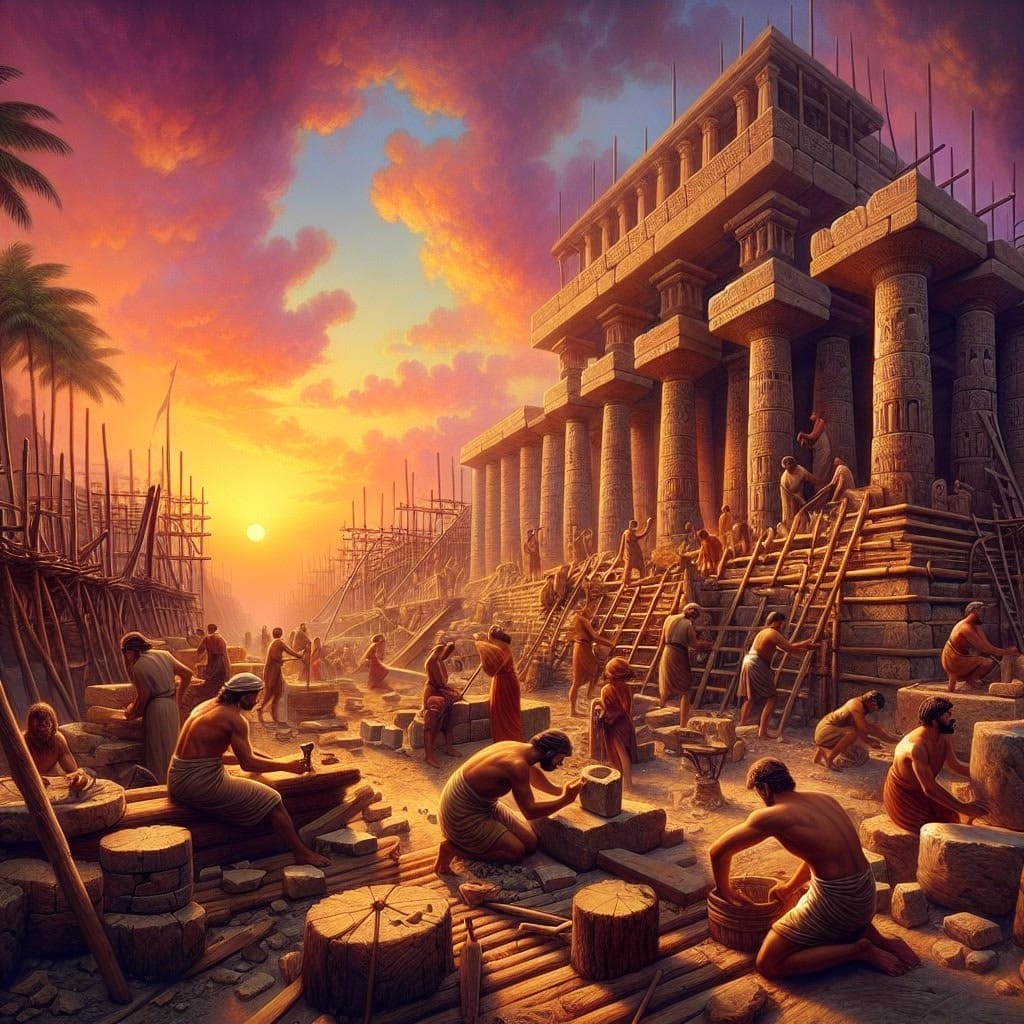
Roman engineers, through a methodical process of trial and error, discovered the remarkable potential of combining lime, water, and pozzolan—a volcanic ash. This innovation not only enhanced the strength and versatility of their constructions but also allowed them to experiment with different architectural forms and styles.
The use of concrete enabled the Romans to construct massive structures unprecedented in scale and complexity. Iconic edifices such as the Pantheon and the Colosseum are testament to the material’s capabilities, with their enduring presence speaking volumes of its durability. Moreover, the ability to create hydraulic mortar allowed for building in challenging environments, facilitating the development of urban centers and naval power.
Ultimately, Roman concrete not only pushed the boundaries of engineering during its time but also laid essential groundwork for future construction techniques, influencing modern architectural practices profoundly.
Iconic Structures Built with Roman Concrete
The enduring legacy of Roman concrete is epitomized by monumental structures such as the Pantheon and the Segovia Aqueduct. These edifices not only highlight the ingenuity of Roman engineering but also stand as testaments to the versatility of opus caementicium.
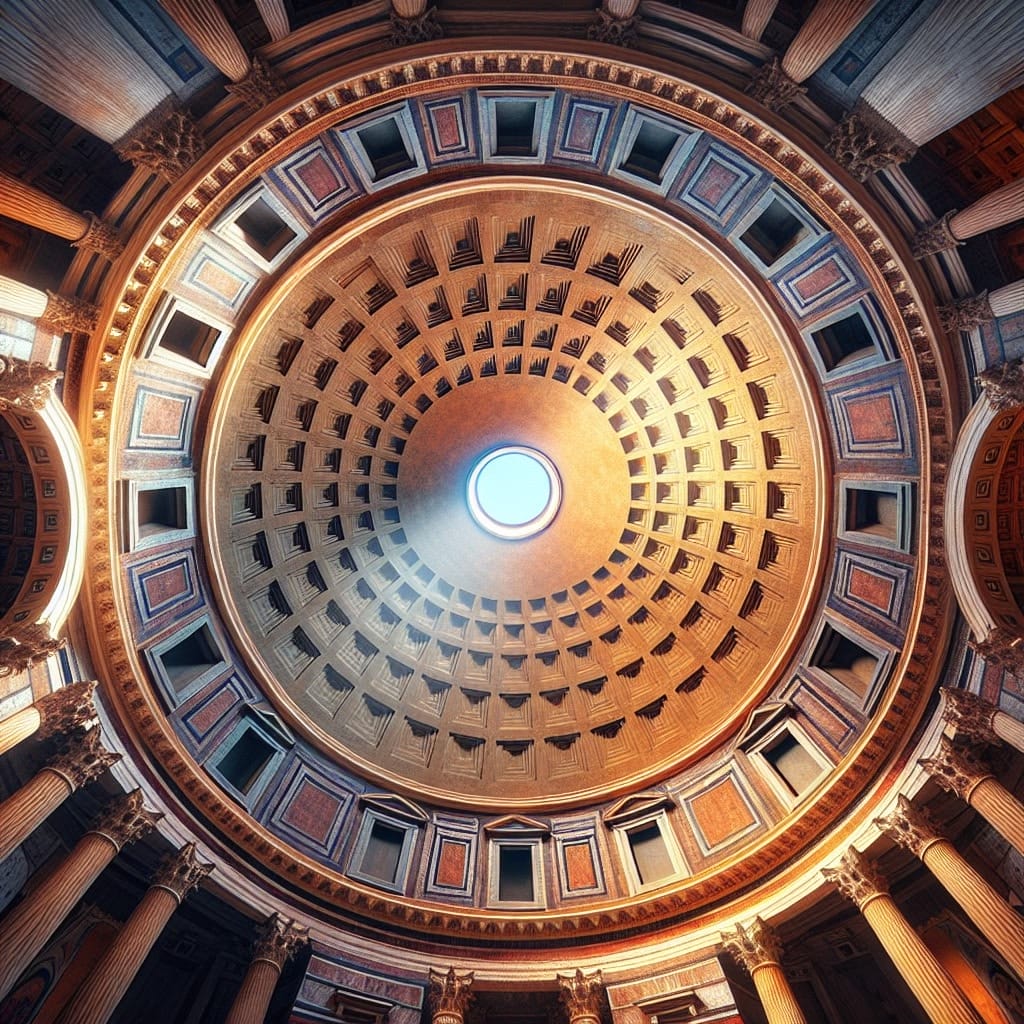
| Structure | Dimensions | Age |
|---|---|---|
| Pantheon | Dome Diameter: 43.30 meters (142 ft) | Completed around 126 AD |
| Segovia Aqueduct | Height: Nearly 30 meters (100 ft) | Constructed between 50-120 AD |
The Pantheon, with its unreinforced concrete dome, remains a marvel of ancient architecture. Its design, featuring an oculus and massive Corinthian columns, exhibits the aesthetic and structural capabilities of Roman concrete.
On the other hand, the Segovia Aqueduct illustrates the role of concrete in infrastructure, showcasing its strength in transporting water across vast distances. Built without mortar, it exemplifies the precision and durability achieved by Roman builders.
The Pantheon: A Marvel of Engineering
The Pantheon, completed around 126 AD under Emperor Hadrian, stands as a testament to the ingenuity of ancient Roman engineering. Originally constructed as a temple to all gods, it showcases the timeless quality of Roman concrete. The Pantheon features the world’s largest unreinforced concrete dome, a feat that remains unparalleled nearly two millennia later.
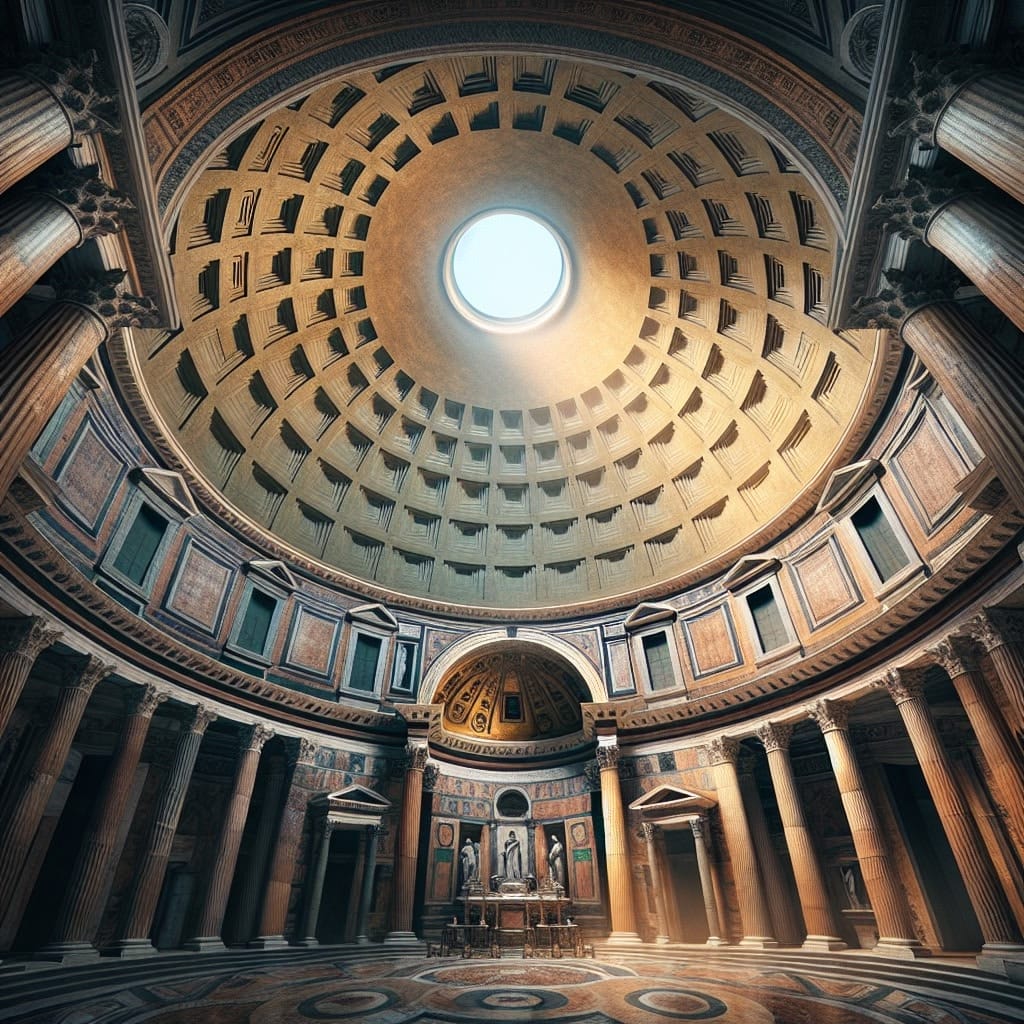
With a diameter of 43.30 meters, the dome’s design exemplifies perfect architectural proportions. The construction ingeniously reduces weight by gradually decreasing the thickness and incorporating lighter materials in the upper sections. This not only enhances its aesthetic appeal but also ensures structural stability.
“The Pantheon’s dome represents the pinnacle of Roman architectural achievement,” notes one historian. Its enduring existence highlights the transformative power of opus caementicium, demonstrating its ability to create monumental structures that defy time.
Central to the dome’s allure is the oculus, a 7.8-meter opening that serves as the sole source of light, symbolizing a divine connection. The Pantheon’s preservation, aided by its conversion into a church in 609 AD, reinforces its significance as a celebrated emblem of Roman architectural prowess.
The Segovia Aqueduct: An Enduring Legacy
The Aqueduct of Segovia, constructed between 50 A.D. and 120 A.D., exemplifies the remarkable engineering capabilities of ancient Rome. Designed to transport water from the Frio River, located approximately 15 kilometers away, the aqueduct was pivotal in sustaining the local population. Its two-tiered structure of arches, reaching an impressive height of nearly 30 meters, is a testament to the advanced architectural techniques of the time.
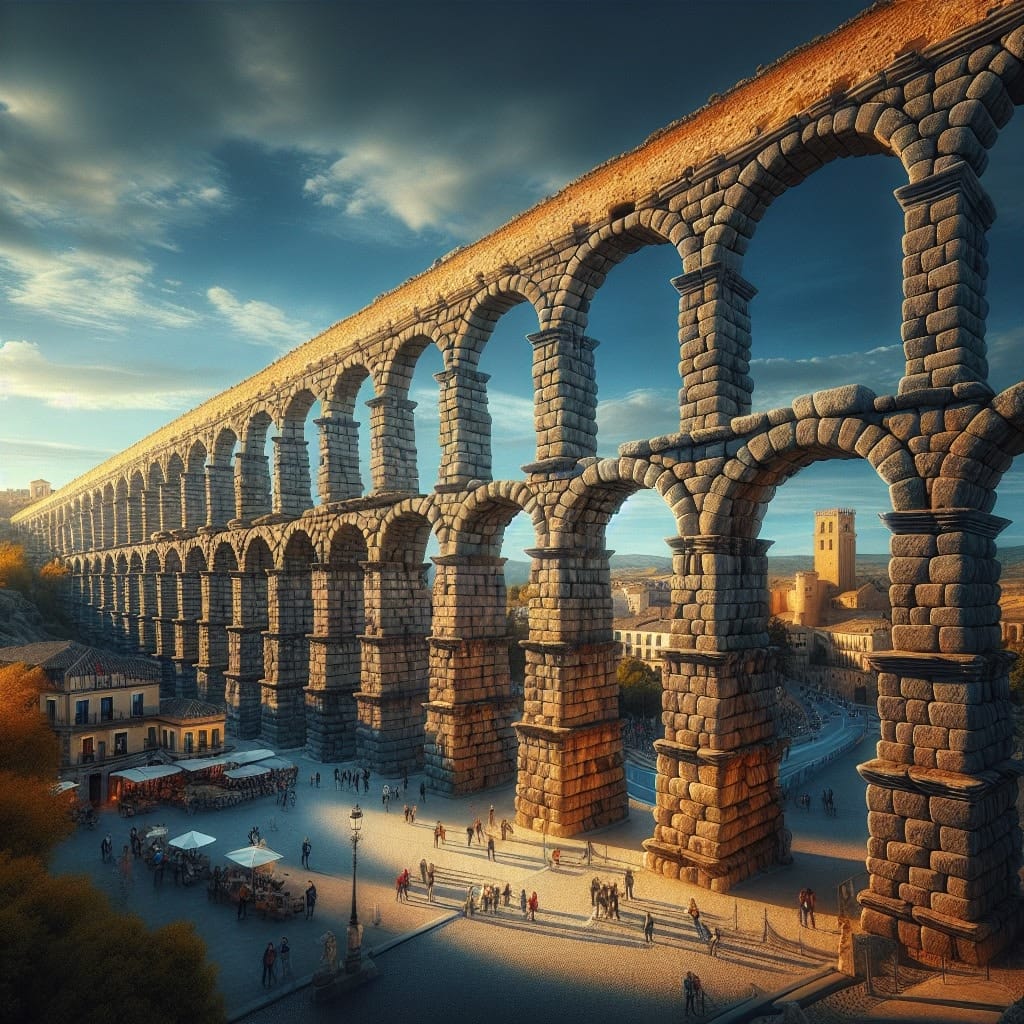
Employing over 24,000 granite blocks, the construction process involved meticulous assembly without the use of mortar, showcasing the Romans’ mastery of precision engineering. The aqueduct’s design also incorporated innovative features like desanding basins to ensure water quality. Despite facing numerous challenges over the centuries, including damage during an invasion in 1072 A.D., the structure’s robust design facilitated successful repairs and ensured its continued functionality.
As a World Heritage Site, the Segovia Aqueduct remains a symbol of enduring Roman engineering. Its continued use across millennia underscores the durability and foresight embedded in Roman construction techniques, offering invaluable insights into the resilience of ancient infrastructure.
Influence on Modern Construction
The ingenuity of Roman concrete continues to echo in modern engineering, significantly influencing construction techniques today. The durability and versatility of opus caementicium have inspired innovations in contemporary concrete technology, leading to the development of materials that mimic its resilience and longevity.

Modern structures, such as the Hoover Dam, exhibit similarities to Roman engineering principles, utilizing concrete to create large, enduring edifices. Additionally, the incorporation of volcanic ash in some contemporary mixes is a nod to the Roman use of pozzolana, enhancing the strength and reducing the environmental impact of today’s concrete.
| Aspect | Ancient Roman Concrete | Modern Concrete |
|---|---|---|
| Key Ingredient | Volcanic ash (pozzolana) | Portland cement |
| Durability | Highly durable, even underwater | Varies; innovations improving longevity |
| Environmental Impact | Lower carbon footprint | Higher carbon emissions, though improving |
The Roman approach to construction not only set a precedent for structural longevity but also offers insights into sustainable practices. As modern engineering seeks to balance innovation with environmental responsibility, the lessons from Roman concrete remain invaluable.
The Science Behind Durability
The remarkable longevity of Roman concrete is attributed to its unique chemical composition and innovative manufacturing techniques. Central to its durability is the use of pozzolanic material, such as volcanic ash, which reacts with lime to form highly stable compounds. Recent studies, including those published in Science Advances, reveal that lime clasts, previously considered a flaw, play a pivotal role in self-healing.
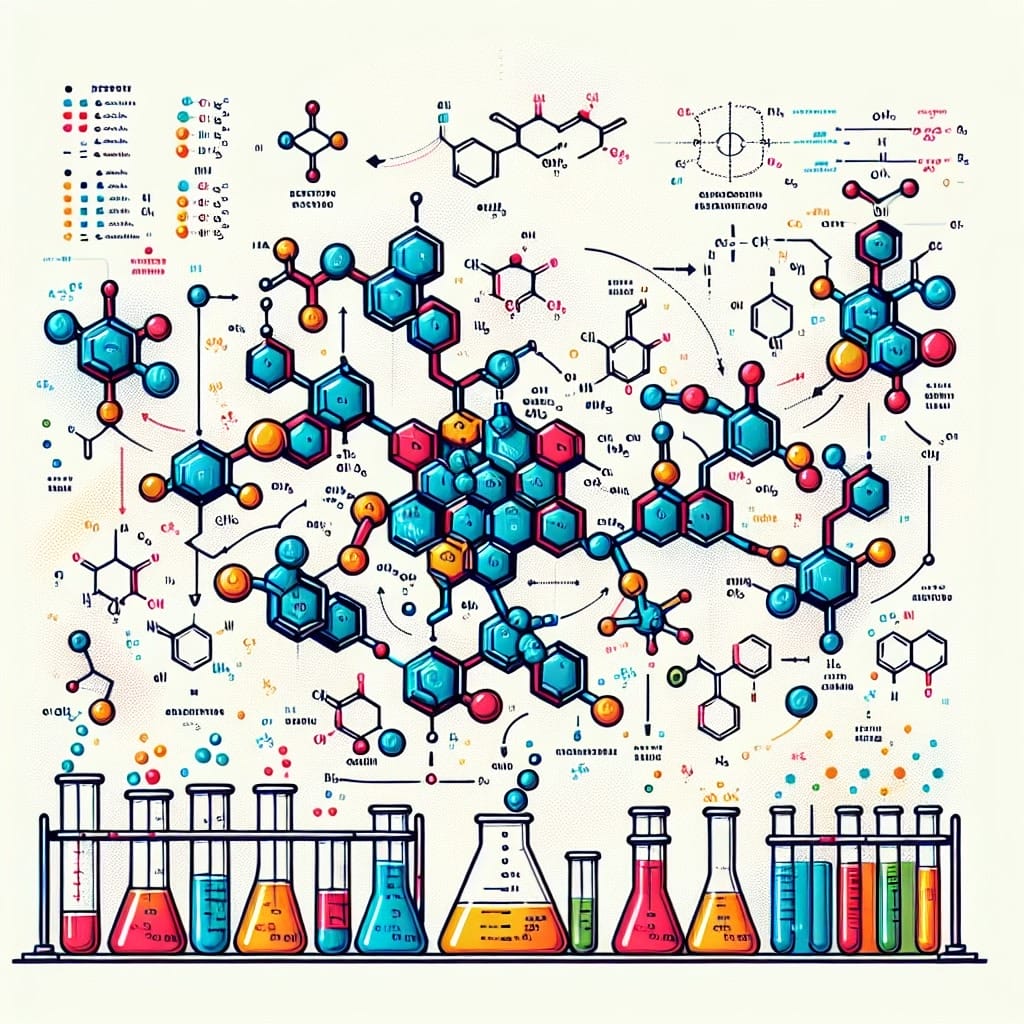
When cracks form, water interacts with these lime clasts, creating a calcium-saturated solution that can recrystallize as calcium carbonate, effectively sealing the cracks. This self-healing mechanism is enhanced by the hot mixing technique, where quicklime is used to produce high-temperature compounds, accelerating curing times and promoting durability.
Research led by MIT professor Admir Masic demonstrated that samples of hot-mixed concrete could self-heal within two weeks, a capability absent in conventional mixes. Such findings not only underscore the ingenuity of Roman engineering but also provide insights for modern construction practices aiming to reduce environmental impact.
Environmental Benefits
The environmental advantages of Roman concrete are profound, offering insights into sustainable construction practices. Unlike modern concrete, which is responsible for approximately 8% of the world’s CO2 emissions, Roman concrete boasts a significantly reduced carbon footprint. This is primarily due to its exceptional durability and self-healing properties, which minimize the need for frequent repairs and replacements.
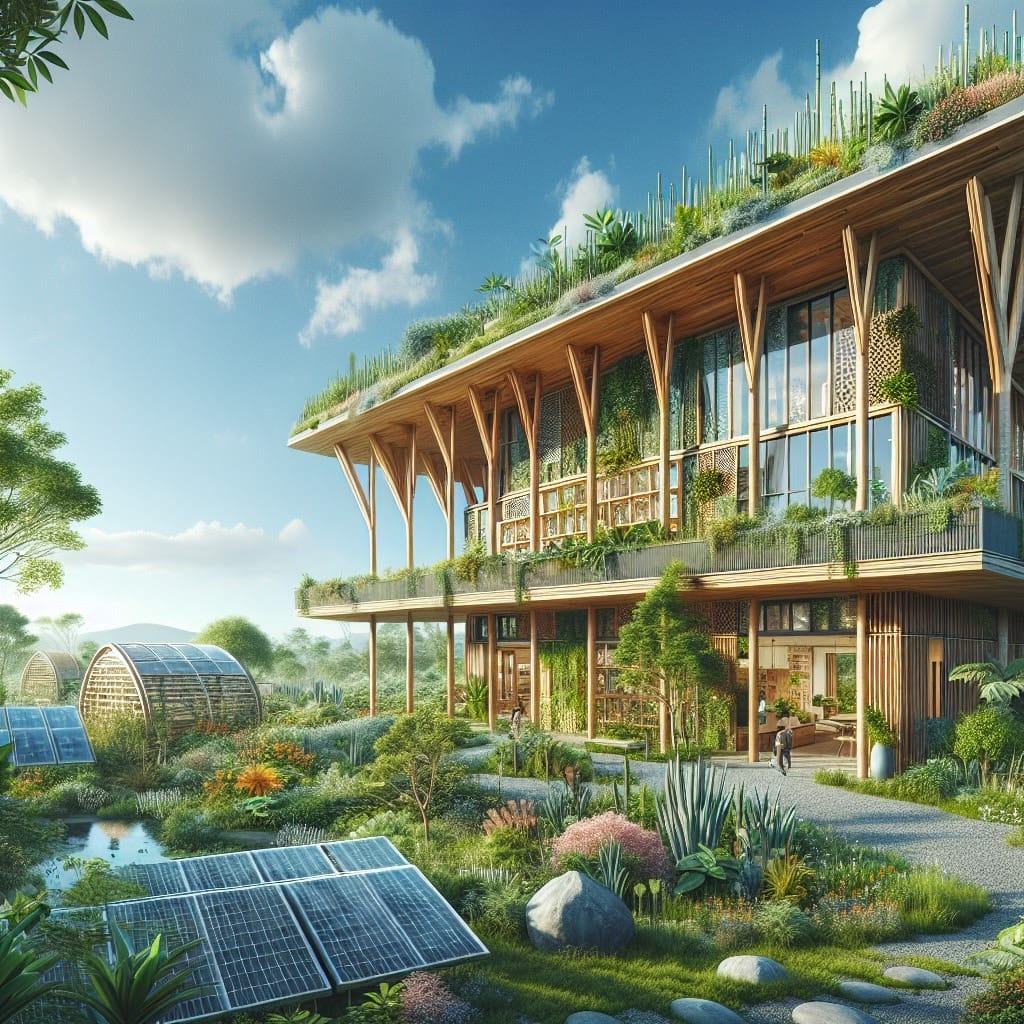
Central to its sustainability is the use of volcanic ash, enabling the material to self-repair within two weeks when exposed to water. This reduces the demand for new material production, subsequently lowering energy consumption and emissions. Moreover, the ancient Romans employed a ‘hot mixing’ technique, creating lime clasts that enhanced both the strength and longevity of their constructions.
“The potential for reducing emissions in the concrete industry by embracing ancient techniques is substantial.”
Incorporating such sustainable practices today could revolutionize the construction industry, significantly mitigating its environmental impact. Thus, Roman concrete not only symbolizes engineering triumphs of the past but also holds the key to a greener future.
Lessons in Resilience
Roman concrete’s remarkable resilience is evidenced by its ability to withstand natural disasters over millennia. A prominent example is the Colosseum in Rome, which has survived numerous earthquakes since its construction in 70-80 AD. This durability is largely attributed to the innovative use of volcanic ash in the concrete mix, allowing these ancient structures to endure seismic activities that have toppled more recent buildings.

In modern times, the principles of Roman concrete are being reexamined for their potential in disaster-resistant construction. A notable case study is the Salk Institute for Biological Studies in La Jolla, California. Designed by architect Louis Kahn, the institute employs concrete techniques inspired by Roman methods, offering a robust defense against the region’s seismic threats.
The integration of these ancient techniques into contemporary architecture could significantly enhance building resilience. By leveraging the self-healing and durable properties inherent in Roman concrete, modern constructions can better withstand natural calamities, ensuring longevity and safety. This adaptation not only honors ancient ingenuity but also provides a sustainable path forward for disaster-prone regions.
Economic Implications
The economic advantages of utilizing Roman concrete techniques are noteworthy, especially when considering the substantial savings in maintenance and longevity. Unlike modern concrete, which is prone to frequent repairs due to cracking and deterioration, Roman concrete’s inherent durability and self-healing properties significantly reduce maintenance costs over time. This results in fewer resources allocated to repair work, contributing to long-term financial savings.

To better understand the cost-effectiveness, consider the following comparison:
- Initial Cost: Roman concrete may require a slightly higher initial investment due to the specialized materials and mixing techniques involved.
- Maintenance Costs: Significantly lower for Roman concrete, with structures needing fewer repairs and replacements.
- Longevity: Roman concrete structures can last for millennia, offering unparalleled return on investment.
Incorporating Roman concrete’s techniques into modern construction not only reduces immediate expenses but also ensures economic benefits for future generations. By minimizing the frequency of repairs and extending the lifespan of structures, these ancient techniques offer a sustainable solution that aligns with current economic and environmental goals.
Looking beyond the initial investment, the long-term financial gains make Roman concrete a compelling option for sustainable urban development.
Cultural Heritage and Preservation
The preservation of Roman concrete structures is of immense cultural significance, offering insights into the engineering prowess of ancient Rome. These structures, many of which have stood for millennia, are not only architectural wonders but also symbols of historical continuity and cultural identity. Preserving them allows future generations to appreciate and learn from these ancient innovations.
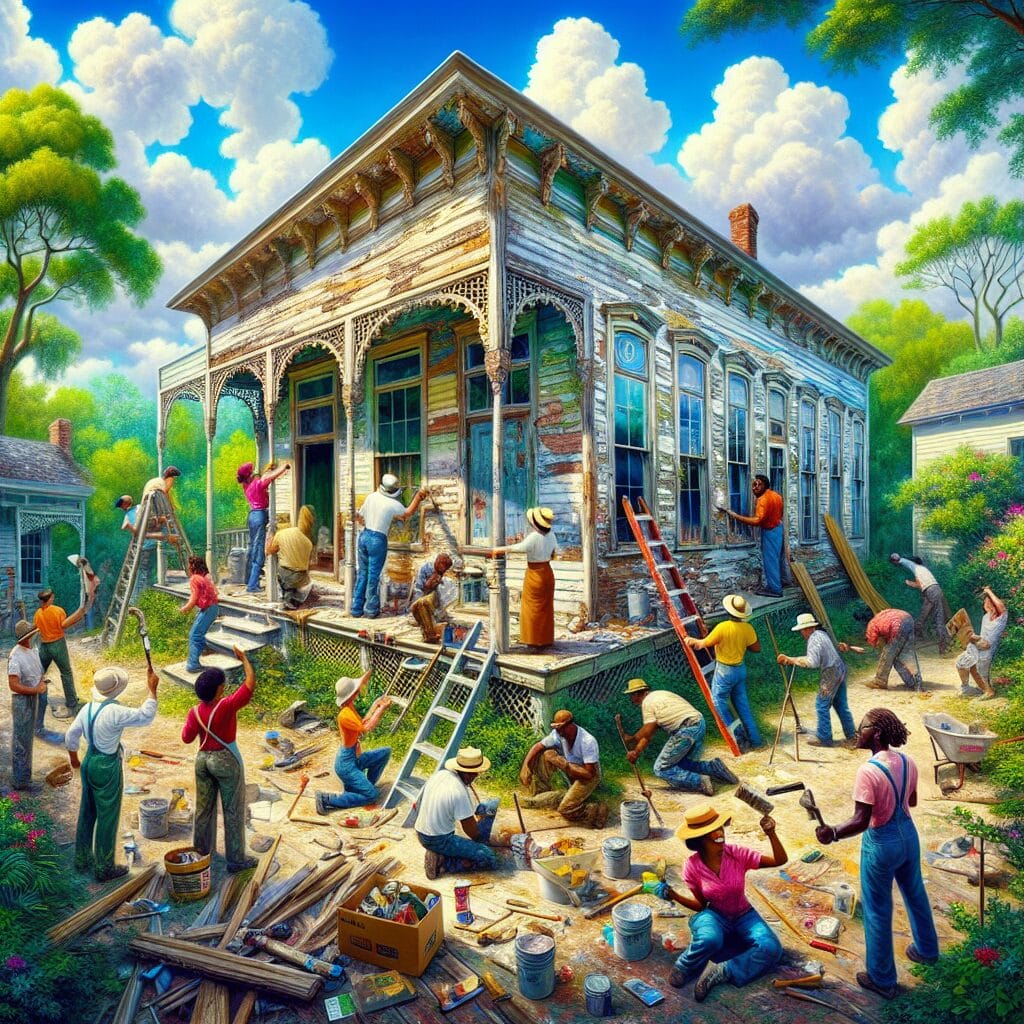
Efforts to maintain and restore these ancient sites are ongoing, with numerous projects dedicated to their conservation. For instance, the restoration of the Colosseum and the Pantheon involves meticulous work to ensure their structural integrity while maintaining their original grandeur. In these projects, advanced techniques are employed to stabilize and preserve the ancient Roman concrete.
Organizations such as UNESCO play a pivotal role in these endeavors, designating many Roman sites as World Heritage Sites. This designation not only brings attention and funding but also helps coordinate international efforts to preserve these historical treasures. By safeguarding Roman concrete structures, these organizations ensure that the cultural legacy of ancient Rome endures, providing valuable lessons and inspiration for modern engineering and sustainable construction practices.
Future Applications
The ancient Roman concrete techniques continue to inspire modern innovations, offering promising avenues for sustainable construction. Emerging technologies such as 3D-printed houses could benefit significantly from the incorporation of volcanic ash, mirroring the durability and environmental benefits of Roman concrete.

Notably, the development of self-healing concrete, inspired by the resilience of Roman structures, presents a fascinating potential. This technology allows infrastructure to repair itself, significantly enhancing its lifespan and reducing maintenance costs.
Researchers like Admir Masic from MIT are pioneering an “antiqua-inspired” methodology, leveraging insights from ancient materials to develop novel construction materials with lower embodied energy. Masic’s work highlights the potential to reverse-engineer Roman concrete’s unique mixture to create more durable and sustainable materials.
As we face growing environmental challenges, the rediscovery of Roman concrete could herald a new era of eco-friendly building practices. The sustainable qualities of Roman techniques offer a blueprint for reducing the carbon footprint of modern construction, potentially revolutionizing the industry and providing long-term infrastructure resilience.
Conclusion
Roman concrete, known as opus caementicium, has left an indelible mark on engineering history. Its unique composition, featuring volcanic ash, enabled the creation of enduring structures that have stood the test of time. This ancient material not only revolutionized construction in its era but continues to inspire modern innovations, from self-healing concrete to sustainable building practices.
As researchers delve deeper into its secrets, Roman concrete offers not just a glimpse into the past but a blueprint for more resilient and eco-friendly future infrastructure. Could embracing ancient wisdom be the key to solving today’s engineering challenges?
FAQ on Roman Concrete
- What is Roman concrete composed of?Roman concrete, known as opus caementicium, is composed of a mixture of aggregate like rubble, rock, and ceramic tiles, combined with hydraulic mortar, such as gypsum and quicklime. A key component is pozzolana, or volcanic ash, which enables it to set underwater and gain strength over time.
- Why is Roman concrete considered so durable?The durability of Roman concrete is attributed to its unique composition, particularly the inclusion of volcanic ash. This ingredient allows the concrete to thrive in harsh environments, including saltwater, making it one of the most durable building materials in history.
- How was Roman concrete used in ancient engineering?Roman concrete was pivotal in constructing massive and enduring structures such as aqueducts, bridges, and domes. Its versatility allowed Romans to engineer architectural marvels that have withstood the test of time, exemplified by structures like the Pantheon and the Segovia Aqueduct.

